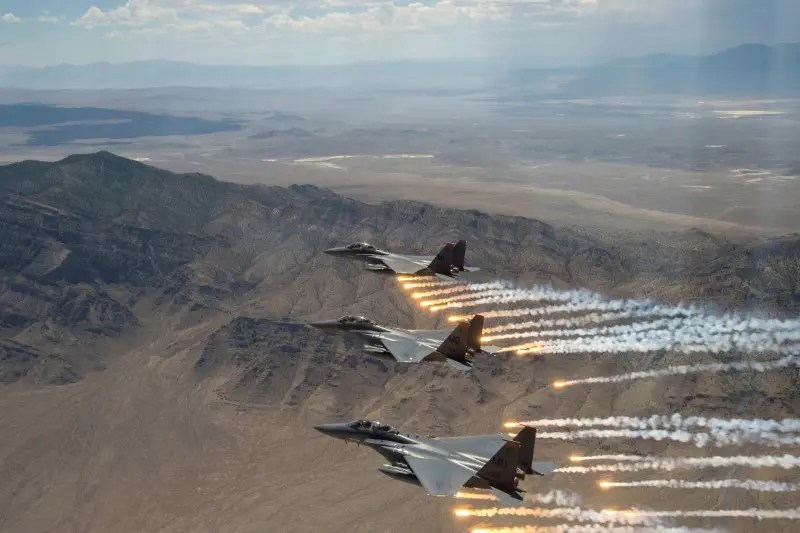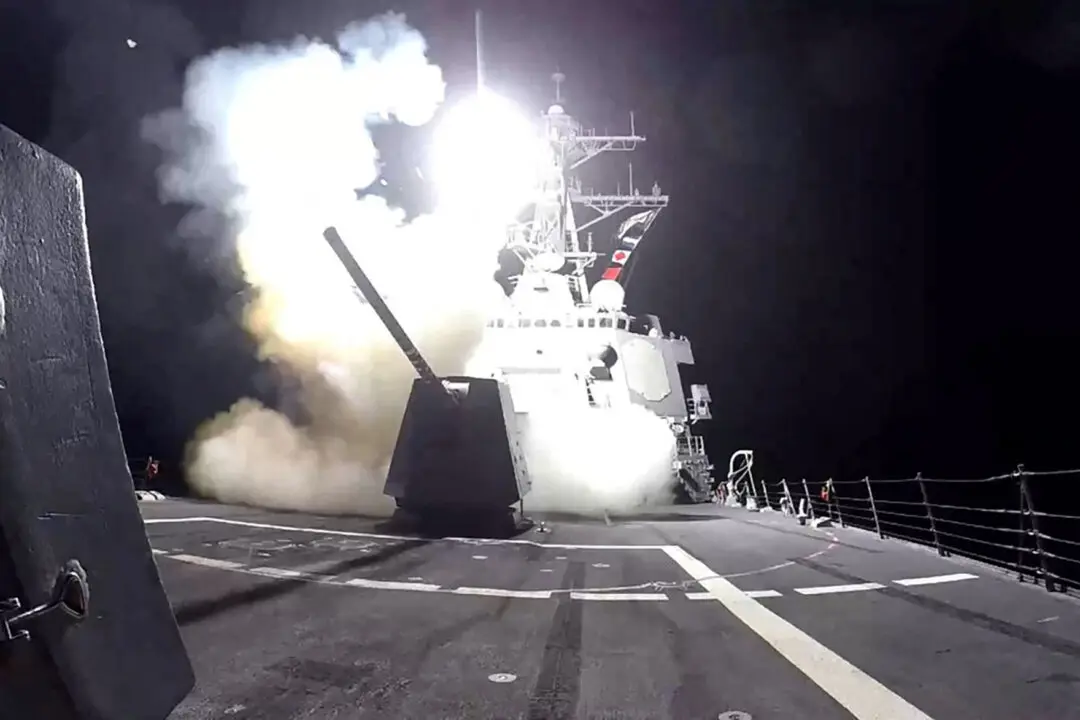The Pentagon is stepping up the production of thousands of autonomous systems to compete with China’s military, which outnumbers the United States in personnel, ships, artillery, and land-based missiles.
The project, known as the Replicator Initiative, was announced by Deputy Secretary of Defense Kathleen Hicks at a conference of the National Defense Industrial Association on Aug. 28.




